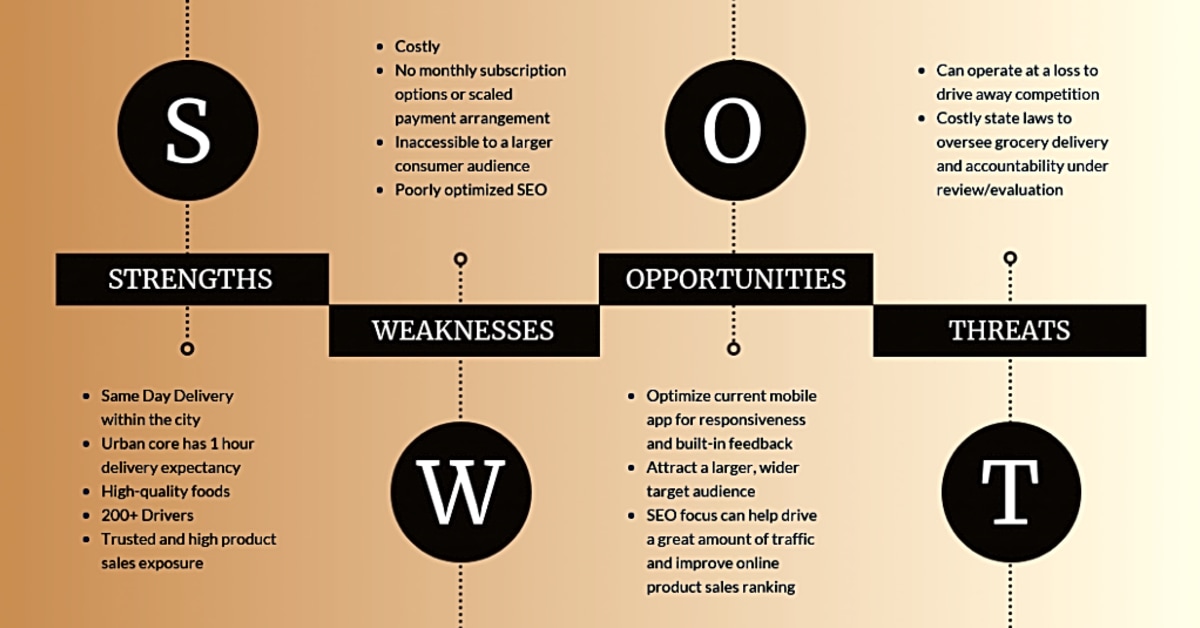Are you looking to take your business strategy to the next level? Conducting regular SWOT analyses is an essential part of any successful strategic planning process. Whether you are a small startup or a large corporation, regularly evaluating your strengths, weaknesses, opportunities, and threats can help you identify areas for improvement and capitalize on new opportunities.
In this comprehensive guide, we will dive into the world of SWOT analysis and provide you with everything you need to know to conduct regular and effective analyses for your business. From understanding the concept of SWOT analysis to learning how to implement it in your strategic planning process, this article will cover all the essential aspects of conducting regular SWOT analyses.
So if you’re ready to take your business strategy to the next level, keep reading to learn all about conducting regular SWOT analyses and how it can benefit your organization.
In today’s competitive business landscape, it is essential to constantly evaluate and improve upon your strategies to stay ahead of the game. One effective way to do this is by conducting regular SWOT analyses. SWOT stands for Strengths, Weaknesses, Opportunities, and Threats, and this analysis helps businesses identify their strengths and weaknesses while also pinpointing potential opportunities and threats in the market.
To start off, let’s take a closer look at what each component of SWOT analysis entails. Strengths are the internal factors that give your business an advantage over others, such as a strong brand reputation or a talented team. Weaknesses, on the other hand, are internal factors that put your business at a disadvantage, such as limited resources or outdated technology. Opportunities refer to external factors that can potentially benefit your business, such as new market trends or emerging technologies. Finally, threats are external factors that can negatively impact your business, such as new competitors or economic downturns.
Conducting regular SWOT analyses allows businesses to identify their strengths and weaknesses, which is crucial for developing an effective business strategy. By understanding their strengths, businesses can leverage them to gain a competitive advantage. Similarly, by identifying weaknesses, businesses can work on improving them to minimize any potential risks.
Moreover, regularly conducting SWOT analyses also helps businesses stay updated on any new opportunities that may arise in the market. This allows them to capitalize on these opportunities and stay ahead of their competitors. Additionally, by identifying potential threats, businesses can take proactive measures to mitigate their impact and protect their bottom line.
In conclusion, conducting regular SWOT analyses is essential for businesses looking to improve their strategies and gain a competitive edge in today’s fast-paced business environment. By understanding their strengths, weaknesses, opportunities, and threats, businesses can make informed decisions and stay ahead of the game.
Developing a Strategic Plan
One of the main reasons people search for information on conducting regular SWOT analyses is to develop a strategic plan. This involves using the insights from your SWOT analysis to create a plan of action for your business. This plan should focus on leveraging your strengths, addressing your weaknesses, taking advantage of opportunities, and mitigating threats.
Identifying Growth Opportunities
Another important aspect of conducting regular SWOT analyses is identifying growth opportunities for your business. By analyzing the external factors in your SWOT analysis, you can identify potential areas for expansion or new markets to tap into. This can help your business stay ahead of the competition and continue to grow.
Creating Effective Marketing and Financial Strategies
SWOT analyses also play a crucial role in creating effective marketing and financial strategies for your business. By understanding your strengths and weaknesses, you can better target your marketing efforts and allocate resources accordingly. Similarly, by identifying opportunities and threats, you can make informed decisions about financial investments and budgeting.
Seeking Business Consulting Services
If you’re feeling overwhelmed or unsure about how to conduct a SWOT analysis or use the insights effectively, you may consider seeking business consulting services. These professionals have expertise in conducting SWOT analyses and can provide valuable insights and recommendations for improving your business strategy.
Market Analysis and Understanding the Current Business Landscape
Finally, conducting regular SWOT analyses also helps businesses stay up-to-date with the current business landscape and market trends. By regularly evaluating your strengths, weaknesses, opportunities, and threats, you can adapt your strategy to stay competitive in the ever-evolving business world.
Managing Risk
In today’s competitive business landscape, it is essential to constantly evaluate and improve upon your strategies to stay ahead of the game. One effective way to do this is by conducting regular SWOT analyses. SWOT stands for Strengths, Weaknesses, Opportunities, and Threats, and this analysis helps businesses identify their strengths and weaknesses while also pinpointing potential opportunities and threats in the market. Conducting regular SWOT analyses also helps businesses manage risk. By identifying potential threats, you can proactively develop contingency plans to minimize their impact on your business. This can help your business stay resilient in the face of unexpected challenges.
In conclusion, conducting regular SWOT analyses is crucial for businesses looking to improve their strategy and gain a competitive advantage. By understanding your strengths, weaknesses, opportunities, and threats, you can make informed decisions and adapt your business to the ever-changing market. Remember, it’s important to conduct these analyses regularly to stay ahead of the game.
